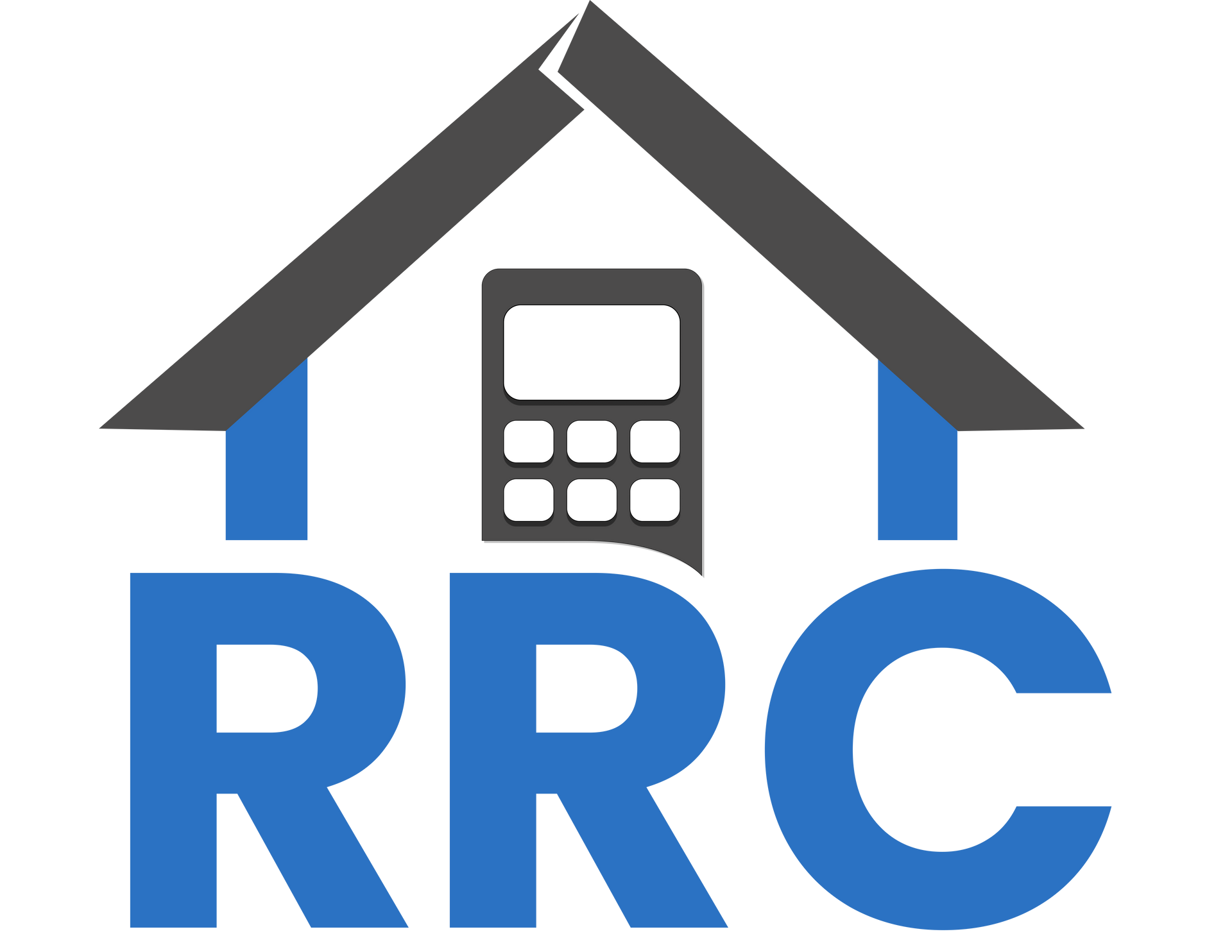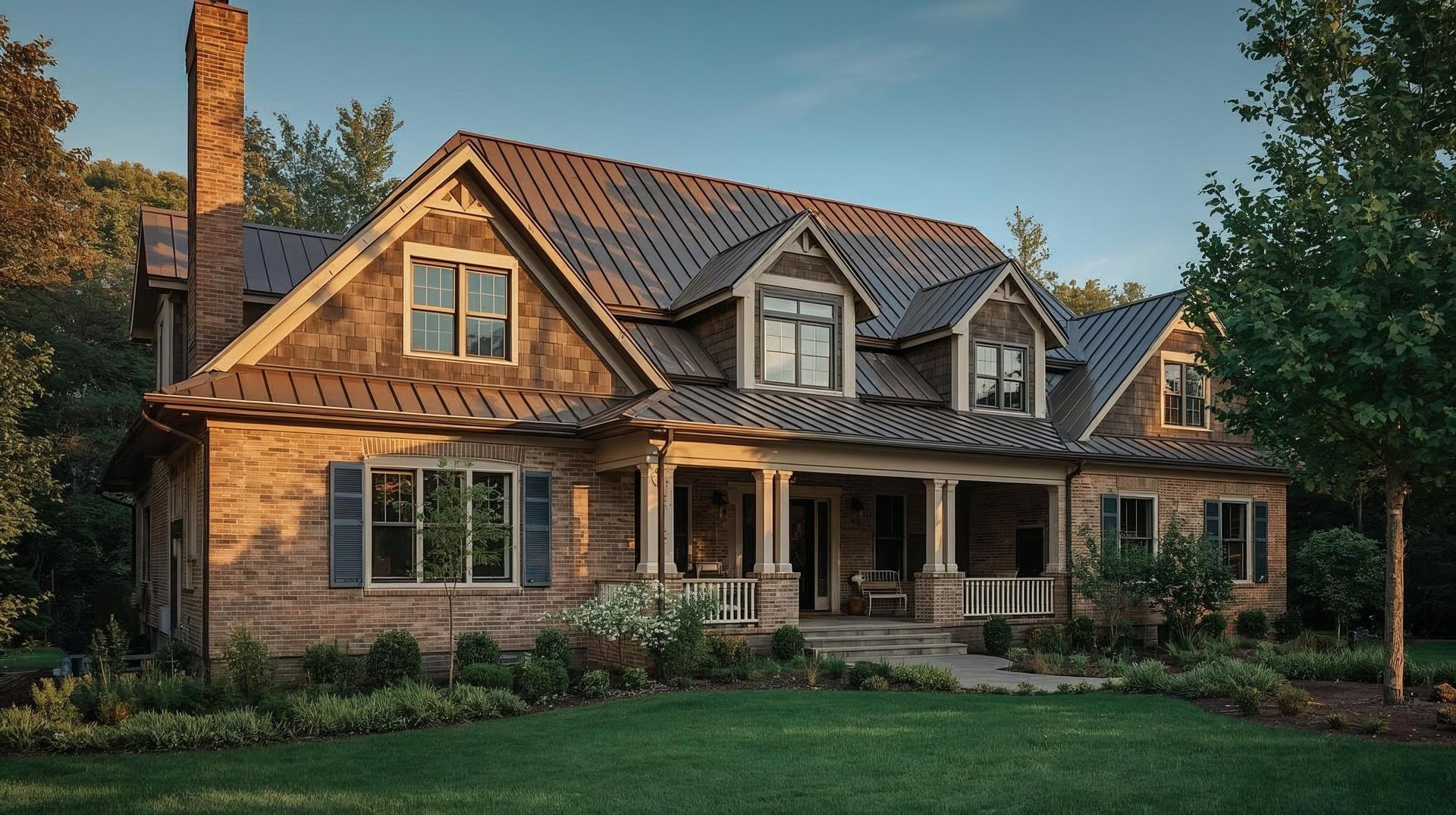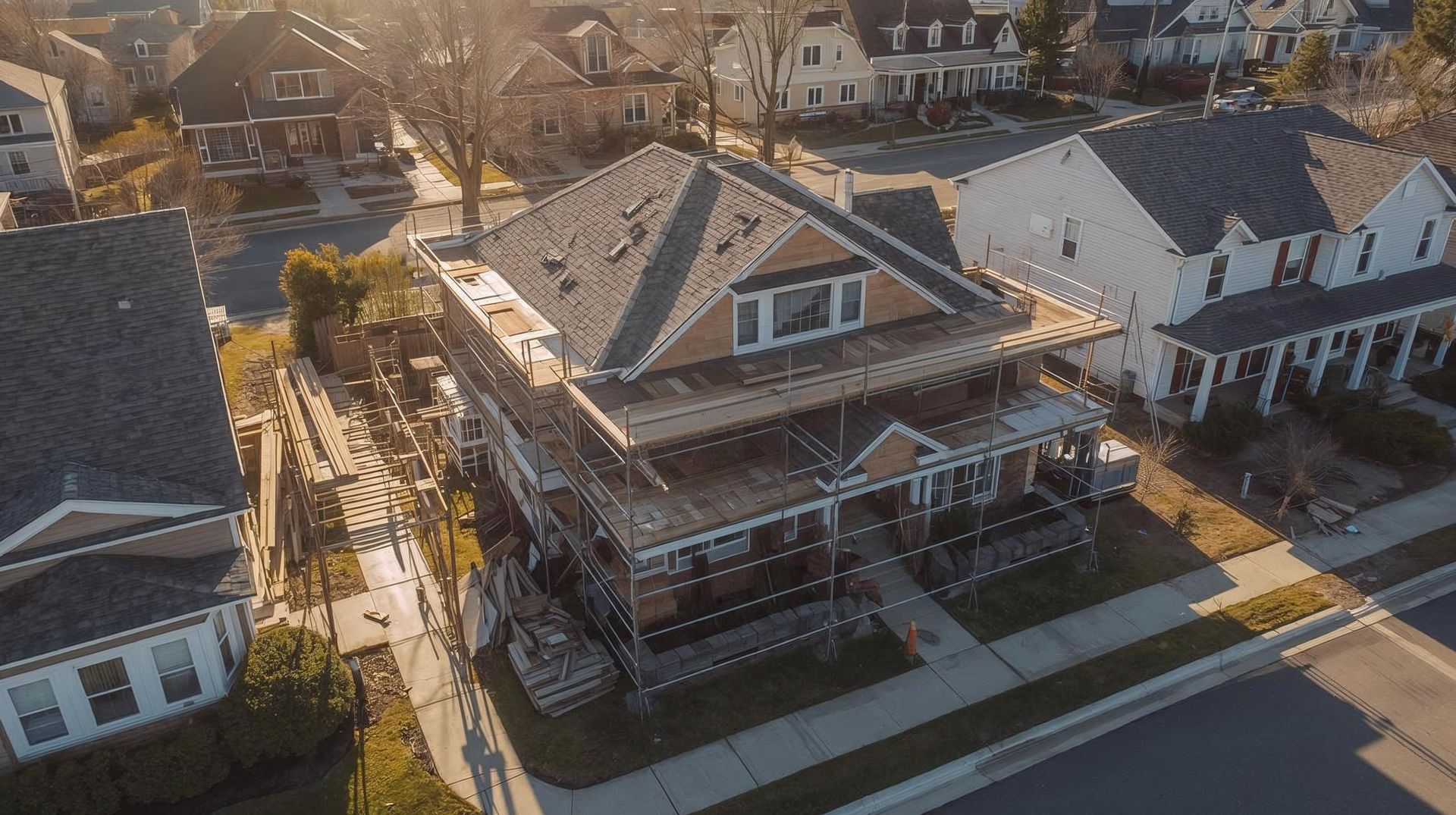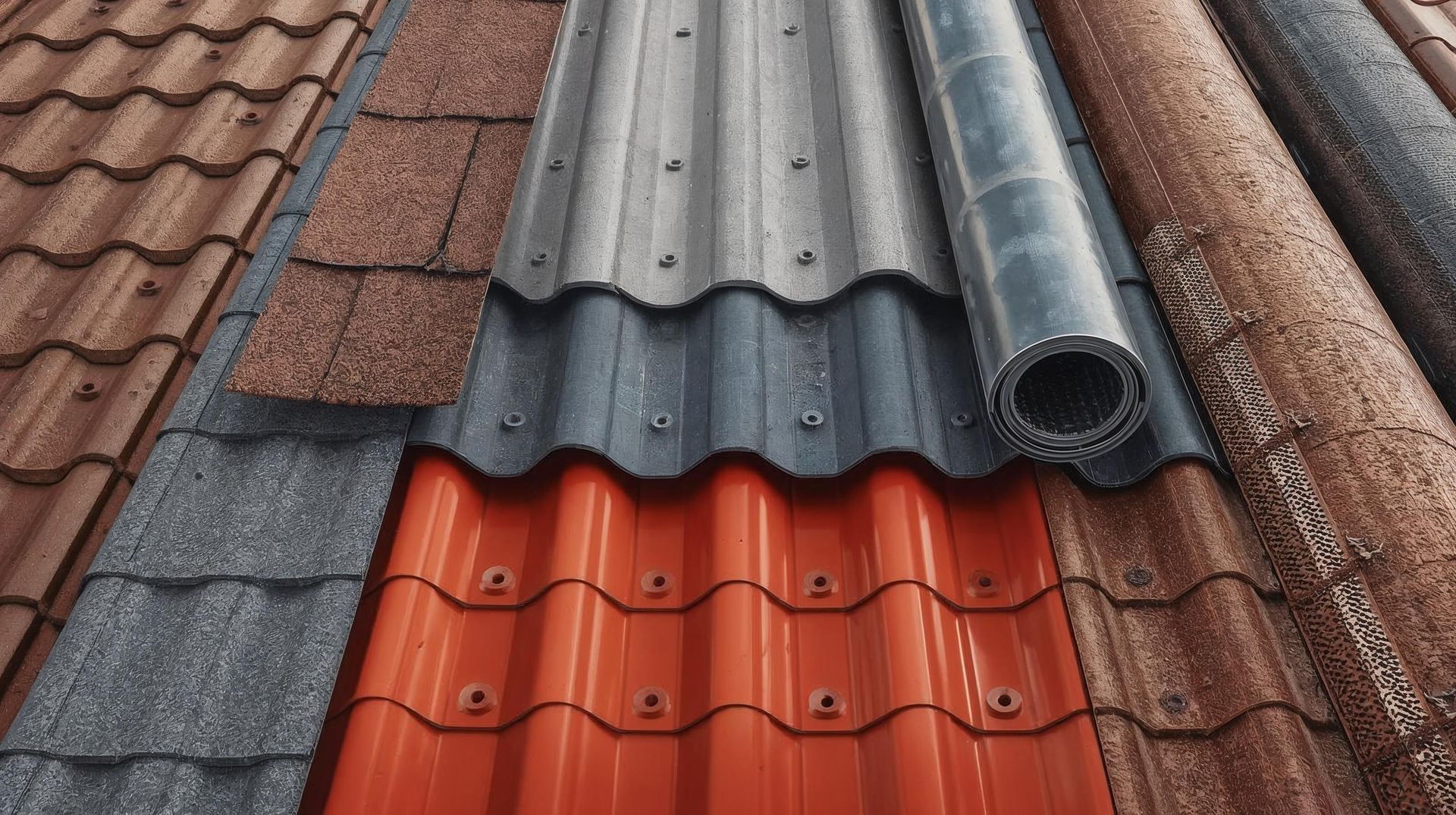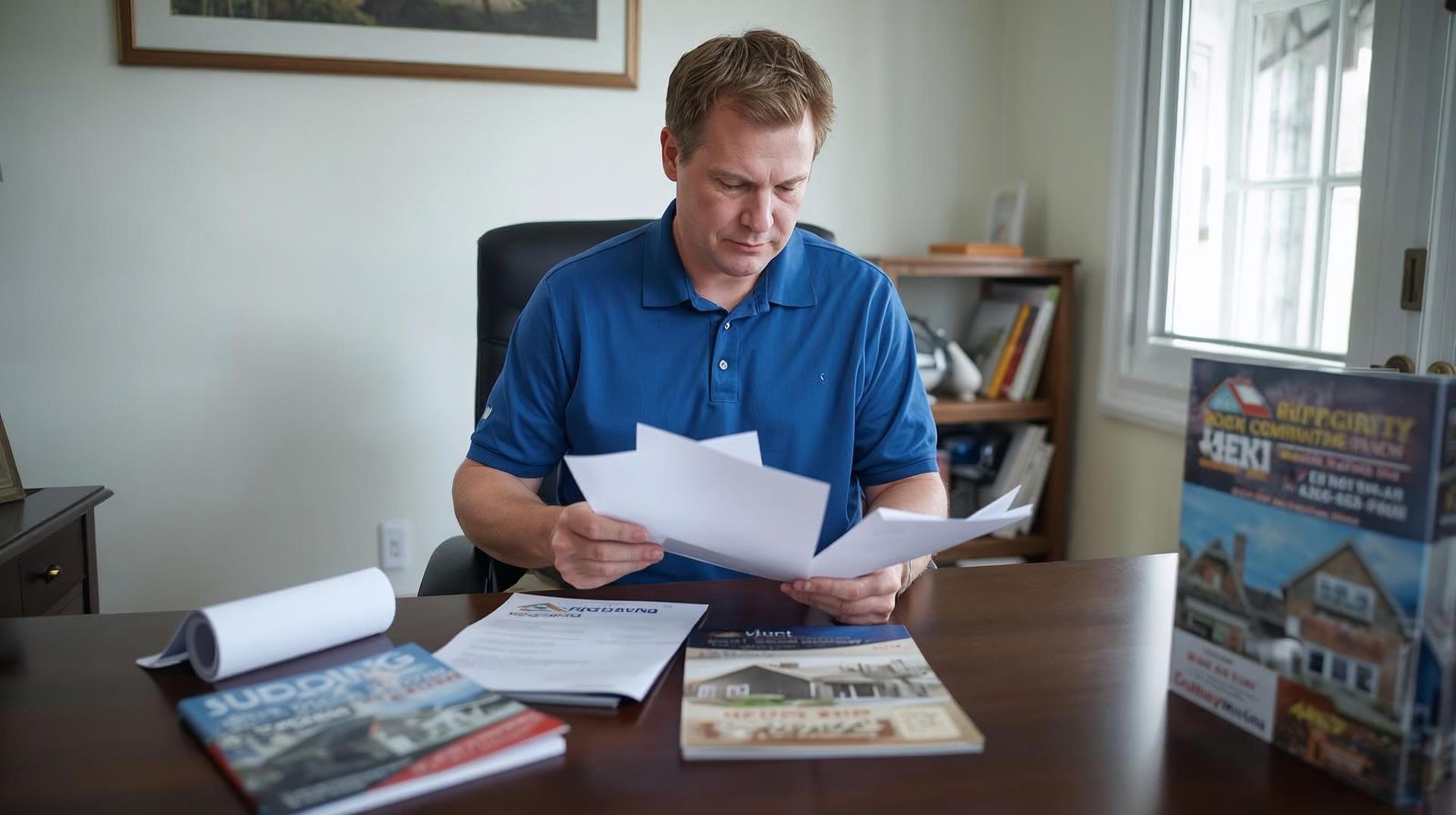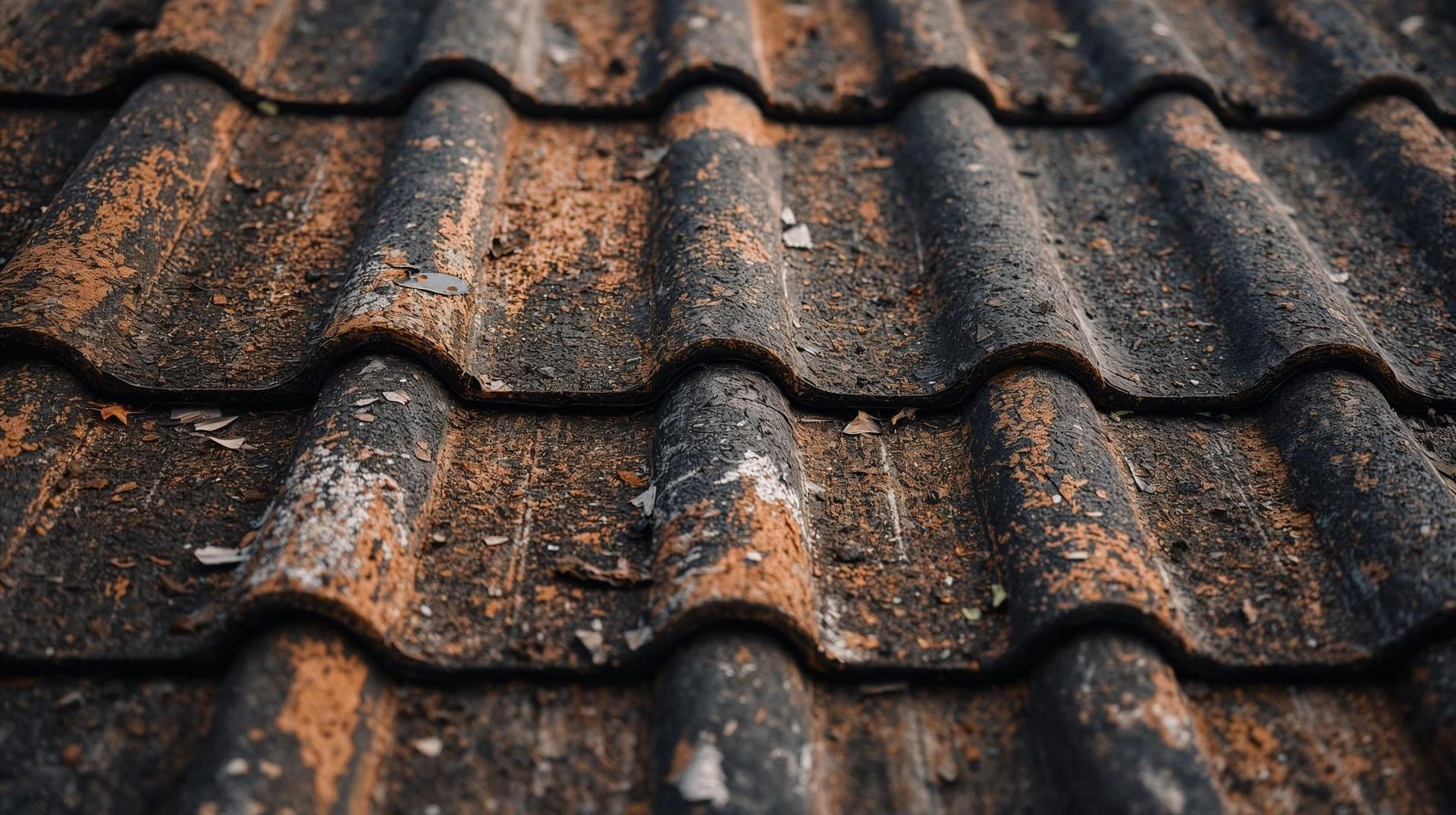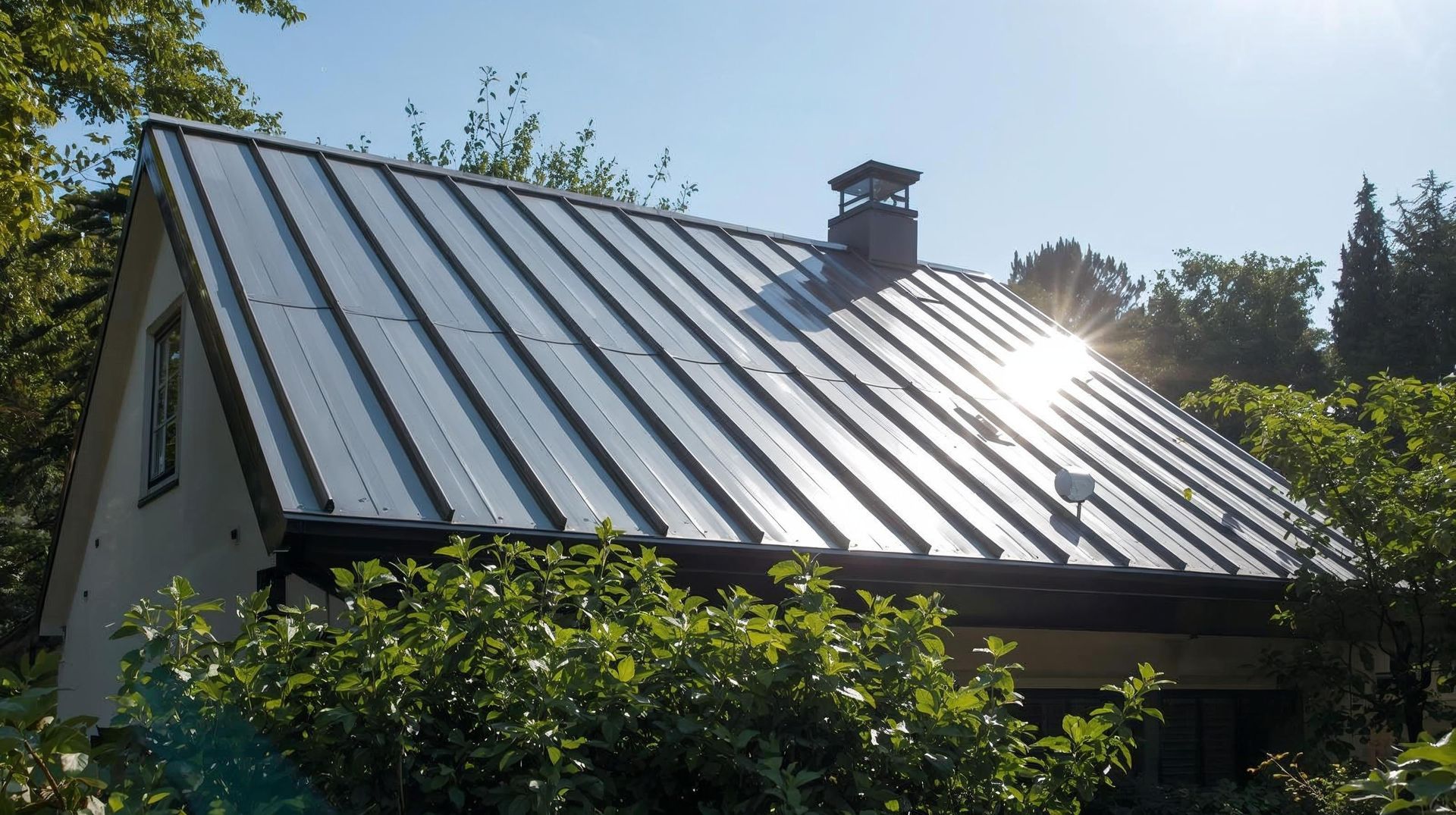Roof Replacement Estimate vs. Final Invoice: What Changes?
- Material Cost Surge: Roof material costs surged in 2025, especially for asphalt shingles and metal roofing, with prices increasing 15-25% over 2024 levels due to supply chain disruptions and increased demand.
- Labor Cost Crisis: Labor costs rose sharply in many regions due to skilled worker shortages and increased demand for repairs following major storms, adding 20-30% to typical roof installation expenses.
- Insurance Policy Changes: Home insurance company policies now feature tighter rules, often shifting more repair cost expenses onto homeowners, especially when extensive damage is found during the roof replacement project.
- Regulatory Impact: Regulatory reforms in some states require additional repairs, insulation upgrades, or disposal processes not included in most roof replacement estimates, particularly affecting flat roof and commercial applications.
| Line Item | Description | Typical Cost Range |
|---|---|---|
| Roofing Material | Price of selected roofing material (e.g., asphalt shingles, metal roofing, slate tiles) | $3-$15 per square foot |
| Underlayment | Waterproofing or base material under shingles | $0.50-$1.50 per square foot |
| Labor Costs | Fees for roof installation, tear-off, repairs | $2-$5 per square foot |
| Disposal Fees | Cost to replace and hauling away old roof debris | $300-$800 total |
| Permit/Inspection | Local government requirements | $100-$500 |
| Optional Upgrades | Ventilation improvements, attic insulation | $500-$3,000 |
Additional Roofing Services and Their Costs
Material choice deeply affects the roof replacement cost. Asphalt shingles roof systems remain the most common, with an average cost of $4-$7 per square foot installed.
Architectural shingles command premium pricing at $6-$11 per square foot, while metal roofing starts at $8 per square foot and can exceed $30 for premium options.
Slate roofs easily rise to $25-$40 per square foot or more, representing the highest-end roofing material available.
Clay tiles and wood shingles fall in the middle range, typically costing $10-$25 per square foot depending on quality and regional availability. Roof repair services complement roof replacement projects:
- Minor roof repairs: $400-$1,200
- Skylight installation: $1,000-$2,500
- Gutter replacement: $600-$1,200
- Flat roof repairs: $300-$900
Also Read: Cost of Roof Replacement with Insurance: What You Should Know
Roof Replacement: Payment Process and Invoice Changes
Once your roof replacement estimate is accepted, it's converted into a contract detailing payment schedules and change order procedures. Understanding how payments work helps homeowners manage cash flow and identify when actual cost deviations occur.
Reputable roofing contractors typically structure payments to protect both parties while ensuring project progress. Roof installation projects require significant material purchases and skilled labor costs, making payment timing crucial for project success.
Standard Payment Schedule
- Deposit: Typically 10-20% of full replacement cost
- Progress payments: Scheduled as work reaches defined milestones (materials delivered, old shingles removed, half installation completed)
- Change orders: Issued when significant cost or scope adjustments arise (such as extensive roof repairs after storm damage is discovered)
- Final payment: Due once the new roof passes inspection and contractor warranty documentation is provided
Accepted Payment Methods
Modern roofing companies accept various payment options to accommodate homeowner preferences:
- Credit cards (Visa, MasterCard, AmEx) with potential processing fees
- Bank transfers for large amounts
- Personal checks with verification requirements
- Third-party financing for larger projects
- Escrow payments when insurance company claims are involved
Roof Replacement Study: Recent Changes and Impact
In 2025, homeowners face rapidly changing roof replacement prices due to inflation, material costs shortages, regulatory changes, and labor costs issues, making accurate roof replacement estimates more critical than ever for planning and budget preservation.
The roofing material market experienced unprecedented volatility, with asphalt shingles prices fluctuating monthly and metal roofing costs reaching historic highs.
Reputable roofing contractors struggle to provide firm pricing commitments beyond 30-60 days due to market instability.
Historical Roof Replacement Cost Progression
| Year | Average Cost | Main Driver | Per Square Foot Range |
|---|---|---|---|
| 2023 | $8,200 | Stable material costs | $4.10-$6.50 |
| July 2024 | $9,100 | Material costs surge | $4.55-$7.25 |
| July 2025 | $10,500 | Labor costs & regulations | $5.25-$8.40 |
Key Factors Affecting Roof Replacement Invoice Changes
Several factors can cause your final roof replacement invoice to differ from the original estimate, including shifting material costs, labor costs, unforeseen repairs, and local building codes requirements that appear during the project.
Understanding these variables helps homeowners prepare for potential cost adjustments.
1. Geographic and Regional Considerations
Roof replacement costs vary dramatically depending on local material costs, weather risk factors, and code enforcement strictness.
Regional labor costs create the most significant pricing disparities, with urban areas commanding premium rates for skilled workers.
Regions with heavy rain, extreme temperatures, or strong weather events may require specialized roofing materials, impacting the average cost significantly.
Metal shingles or clay tiles become necessary in certain climates, driving up material costs compared to standard asphalt shingles.
2. Project Duration, Scope, and Roof Size Variables
Larger roofs with complex designs increase square foot requirements and labor costs substantially. Roof pitch, architectural features, and accessibility all impact installation time and expertise requirements, directly affecting final roof replacement cost.
When additional problems like mold, structural damage, or underlying structural issues are discovered once the old roof is removed, the project's replacement cost rises significantly.
These discoveries often require immediate attention to prevent further damage and ensure new roof integrity.
3. Material Cost Volatility and Supply Chain Issues
Roofing material prices fluctuate based on commodity markets, transportation costs, and supply chain disruptions. Asphalt shingles prices can change monthly, while metal roofing costs respond to steel and aluminum market conditions.
4. Hidden Structural and Roof Repair Issues
Underlying structure problems represent the most common source of cost overruns in roof replacement projects.
Rotted decking, compromised trusses, or inadequate ventilation systems require immediate attention and add significant expenses to the original roof replacement estimate.
5. Regulatory Changes and Local Building Codes
Code updates implemented between estimate preparation and project commencement can require additional work not included in the original pricing.
Energy efficiency requirements, structural standards, and environmental regulations continue evolving, impacting roof installation requirements.
Also Read: Roof Installation Cost: Full Breakdown
Comparison with Global Roofing Costs
Here’s how 2025 roof replacement costs stack up worldwide:
| Country | Average Roof Replacement Cost | Common Invoice Overrun (%) |
|---|---|---|
| USA | $8,200 | 15–20 |
| Canada | C$9,000 | 10–18 |
| UK | £6,500 | 12–22 |
| Australia | AUD $12,000 | 8–15 |
Square foot pricing remains the global standard, but cost per square foot will always depend on roof size, labor costs account, and roof pitch.
Expert Tips for Managing Roof Replacement Costs
Homeowners can keep roof replacement costs under control by following expert strategies for budgeting, selecting materials, and working with reputable roofing contractors in 2025.
These tips help build trust, ensure transparency, and make every dollar count.
Budget Planning Strategies
- Get several roof replacement estimates from different roofing professionals to compare materials, average cost and labor rates.
- Ask for itemized, written invoices, knowing the individual costs for asphalt shingles, metal roofing, labor, and debris disposal increases clarity.
- Negotiate a fixed-price contract for your roof replacement project when possible, minimizing surprises.
Available Exemptions and Waivers
- If your home suffered storm damage, ask your insurer about coverage to reduce your actual cost and avoid high repair cost bills.
- Manufacturers sometimes offer extended roof warranty on premium architectural shingles or slate tiles.
- Many reputable contractors provide senior, veteran, or long-term customer discounts.
Future Outlook for Roof Replacement Estimates and Final Invoices
Industry experts predict increased price transparency and stronger regulatory protections for homeowners by 2026, driven by consumer advocacy and market demand for standardized practices.
Roofing contractors are adopting digital measurement tools and software that should simplify roof cost calculations and improve estimate accuracy. Advanced aerial imaging and 3D modeling reduce measurement errors that contribute to cost variations.
Insurance company and labor cost reforms are likely to reduce disputes and build buyer confidence for roof replacement decisions. Standardized estimate formats and clearer contract terms will help align expectations between homeowners and contractors.
Technology integration in roof installation processes may help stabilize labor costs through improved efficiency, while material cost stabilization depends on broader economic conditions and supply chain improvements.
Roof Installation Process and Cost Management
Understanding the roof installation process helps homeowners anticipate potential cost variations and communicate effectively with their roofing contractor throughout the project timeline.
Pre-Installation Assessment and Roof Repair Identification
Professional roofing contractors conduct thorough inspections before beginning tear off procedures, but some issues only become visible once old shingles are removed.
Underlying structure problems, moisture barrier deterioration, and ventilation inadequacies commonly require immediate attention.
Roof flashing around chimneys, vents, and existing gutters often needs replacement or upgrading to current standards.
These components rarely fail simultaneously with roofing material, creating timing mismatches that affect roof replacement cost.
Material Cost Management During Installation
Roofing material delivery timing affects pricing, with early delivery requiring secure storage and potential weather protection.
Material cost fluctuations between order and delivery dates can impact final invoicing, particularly for large-scale projects.
Waste management and disposal costs vary based on the old roof condition and material type. Multiple shingle layers, specialty materials, or contaminated debris require special handling that increases disposal expenses beyond standard estimates.
Labor Cost Variables and Project Timeline
Roof installation labor costs depend heavily on project complexity, weather conditions, and crew experience levels.
Steep roof pitch, complex architectural features, and safety requirements all impact installation speed and associated costs.
Weather delays extend project timelines and can increase labor costs through overtime requirements or crew scheduling conflicts. Roofing contractors build weather contingencies into estimates, but extended delays affect final invoicing.
Also Read: Cost of Roof Replacement with Insurance: What You Should Know
Conclusion
Understanding how roof replacement estimates change and what factors drive final roof replacement cost variations empowers homeowners to set realistic expectations, build trust with contractors, and limit financial surprises during their roofing project.
The 2025 market presents unique challenges with material cost volatility, labor cost increases, and evolving local building codes, creating more estimate-to-invoice variations than historical norms.
However, working with reputable roofing contractors, demanding detailed and transparent itemized estimates, and maintaining open communication from first quote to paid invoice helps manage these challenges.
Ready to replace your roof? Secure several written roof replacement estimates, compare itemized costs, and insist on total transparency at every stage.
Use our easy, transparent roof cost calculator to quickly estimate your roof replacement costs, compare roofing materials, and make confident decisions before choosing a roofing contractor.
How much does a roof replacement estimate typically differ from the final invoice?
For most roofs, the final invoice is 10–20% higher due to unforeseen roof damage or additional code requirements uncovered only after work begins.
Why do material costs change during a roofing project?
Supply chain issues, demand spikes, and fuel costs can hike the price of roof material, especially for tile roofing, asphalt shingles, or metal roofing mid-project.
What are common invoice surcharges homeowners should expect?
Expect fees for permit changes, debris disposal, credit card payments, and any urgent labor performed outside of normal hours all add to the overall cost.
How can I dispute charges on a final roofing invoice?
Compare your final bill against the original roof replacement estimate and request line-by-line documentation. If charges are unclear, contact your contractor first, then escalate to homeowner advocacy or local licensing authorities.
Are roof replacement deposits refundable if the project is canceled?
Deposits are usually non-refundable if materials have been ordered or the roofing contractor has begun work, but cancellation policies differ by company always clarify this in advance.
